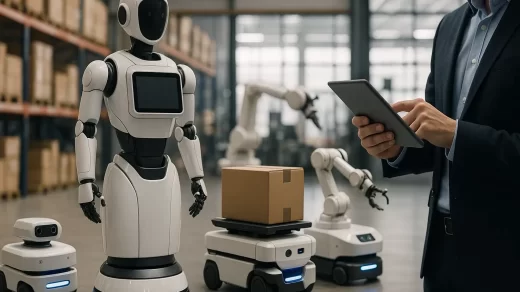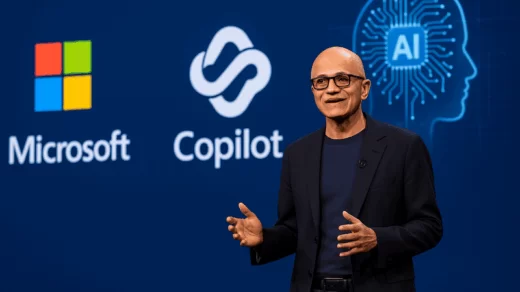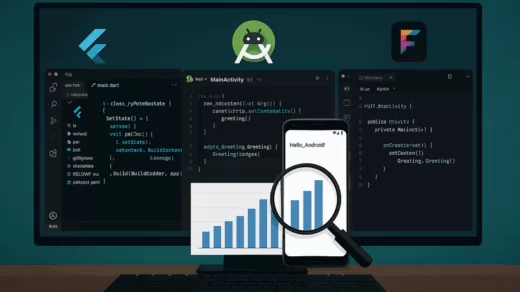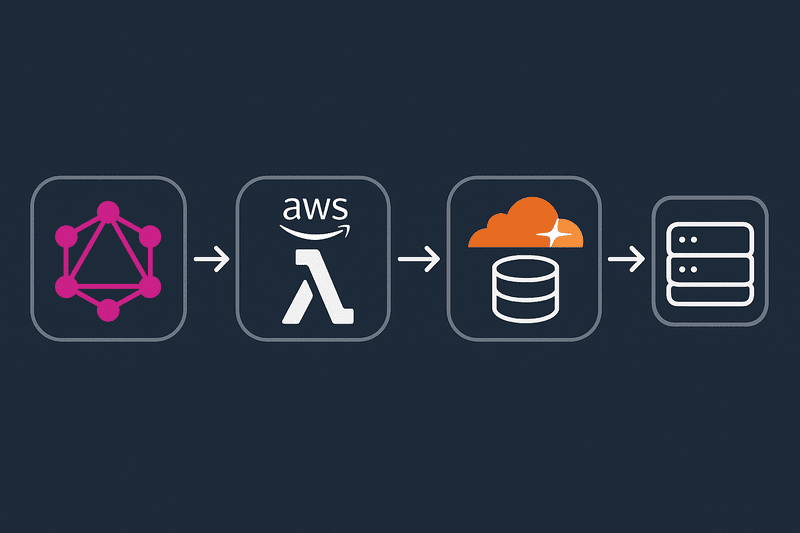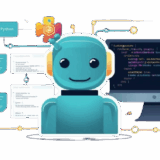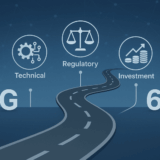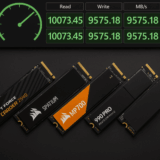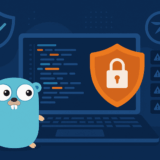RaaS Revolution: How Subscription Robotics Are Transforming Industries
Imagine deploying a fleet of robots in your warehouse or campus without sinking capital into expensive hardware. That’s precisely the promise of Robotics as a Service (RaaS)—a subscription-based model that bundles robots, software, maintenance, and analytics into a predictable monthly or usage-based fee. Over the past few years, RaaS pioneers have unlocked automation for businesses of all sizes, driving efficiency in areas such as order fulfillment, last-mile delivery, and asset inspection. Rather than treating robots as fixed assets, organizations now tap into them as scalable services, aligning robotics costs with actual operational needs.
The Rise of the RaaS Market
By the end of 2024, the global RaaS market had already surpassed USD 2 billion, with projections estimating USD 7 billion by 2032 at a compound annual growth rate (CAGR) of 17.9 percent. In the first quarter of 2025 alone, venture capitalists poured over USD 2.26 billion into task-specific robotics companies—accounting for more than 70 percent of total robotics funding. These figures underscore a clear shift in investor mentality: instead of backing broad “general-purpose” robots, they favor specialized, subscription-driven solutions that deliver rapid ROI for concrete use cases.
Several factors fuel RaaS’s rapid ascent:
- Cost Alignment: RaaS transforms large capital expenditures into manageable operating expenses.
- Fast Deployment: Bundled hardware and software mean companies can get robots up and running in weeks, not months.
- Continuous Improvement: Subscribers benefit from automatic software updates and on-demand maintenance.
- Scalability: Businesses can scale robot fleets up or down based on seasonality or shifting workloads.
Core Advantages of the Subscription Model
- Lower Upfront Investment
Traditional robot deployments often demand six- to seven-figure budgets for the initial purchase, integration, and customization. With RaaS, organizations simply subscribe—paying per robot-hour, per pick, or per delivery. This structure allows small and medium enterprises (SMEs) to adopt advanced automation without draining capital reserves. - Built-In Maintenance and Upgrades
Every subscription typically includes hardware servicing, firmware and software updates, and 24/7 technical support. When a vendor releases a navigation-software upgrade or a new AI model, all subscribers immediately benefit—no additional capital outlay required. - Elastic Scalability
Whether handling a holiday season rush or ramping down in off-peak months, companies can adjust their RaaS subscriptions in real time. Instead of idling expensive robots, users pay only for active deployment, optimizing both utilization and cost. - Actionable Analytics
Most RaaS platforms deliver dashboards that track metrics—throughput, uptime, pathing efficiency, and energy consumption. This data empowers businesses to fine-tune workflows, improve resource allocation, and continuously iterate on process efficiencies.
Warehouse Automation Pioneers
Locus Robotics
Founded in 2015, Locus Robotics pioneered AMR-based “goods-to-person” workflows. By mid-2025, its robots had completed over 5 billion picks in fulfillment centers worldwide. Rather than selling the robots outright, Locus leases them on a per-robot, per-hour basis. The subscription covers hardware deployment, integration, ongoing support, and software enhancements. Clients such as DHL and GXO Logistics report 2–3× improvements in picking productivity within the first month of deployment.
6 River Systems
Acquired by Shopify in 2019, 6 River Systems offers “ChillBot” and “FreightBot” AMRs through a RaaS model. Rather than purchasing hardware, customers lease robots and leverage 6 River’s cloud orchestration layer, which dynamically optimizes task assignments. Pricing is based on robot-hours in operation, and the AI-driven software continuously refines pick paths, minimizes congestion, and coordinates human-robot collaboration. For mid-tier distributors, this model has yielded 30 percent reductions in order cycle times, democratizing warehouse automation for businesses that previously lacked the capital for turnkey solutions.
GreyOrange
Headquartered in Singapore, GreyOrange extends RaaS by combining AMRs with modular rack-based storage systems. Subscribers lease the full solution—storage racks, autonomous “SorterBots,” and a cloud-native Warehouse Management System (WMS). Maintenance, spare parts, and software updates are handled by GreyOrange’s operations team, allowing warehouses to focus on fulfillment rather than robot upkeep.
Autonomous Delivery Innovators
Avride
Spun out of Yandex’s self-driving division in 2017, Avride has deployed over 200,000 sidewalk-delivery robots across five countries by early 2025. Their RaaS offering lets institutions—universities, corporate campuses, and logistics hubs—subscribe to robots on a per-delivery or per-day basis. Hardware, software, charging infrastructure, and fleet management are all included. Customers pay only for actual usage, avoiding the capital burden of owning autonomous vehicles.
Zipline
Renowned for medical-supply drones in Africa, Zipline expanded into urban logistics by 2025. Hospitals, pharmacies, and retailers subscribe to guaranteed drone deliveries—typically within 30 minutes. The subscription covers drone hardware, automated charging stations, air-traffic management software, and compliance with local aviation regulations. By 2025, Zipline’s RaaS program spanned over 20 countries, providing critical logistics in regions with limited ground infrastructure.
Cartken & Kiwibot
California-based Cartken and Florida’s Kiwibot focus on hyperlocal, low-speed delivery robots. Their RaaS model charges clients based on the number of active robots per day, with service-level agreements (SLAs) guaranteeing 95 percent uptime. These providers manage everything—from fleet deployment to remote diagnostics—lowering the barrier to experimenting with autonomous delivery in malls, campuses, and neighborhoods.
Autonomous Inspection and Security
Knightscope
Knightscope leases autonomous security robots—equipped with cameras, thermal sensors, and LiDAR—to patrol large facilities such as malls, corporate campuses, and stadiums. Subscribers pay a monthly fee covering robot leasing, software licenses, and 24/7 remote monitoring. The robots detect anomalies (e.g., temperature spikes, motion in restricted zones) and alert security teams in real time, reducing reliance on human patrols.
Teledyne FLIR
In sectors like oil & gas and utilities, Teledyne FLIR offers thermal-imaging drones under a RaaS model. Clients—pipeline operators, power companies—subscribe to aerial inspections on a per-flight or per-square-mile basis. The package includes drone hardware, flight-planning software, data analytics dashboards, and regulatory compliance. Real-time thermal imaging pinpoints leaks, electrical hot spots, and structural faults, cutting unplanned downtime and enhancing safety.
RamConnect
Based in India, RamConnect provides ground-based inspection robots for mining and construction. Subscribers pay for hardware delivery, cloud-based data processing, and field-technician support. RamConnect’s rugged robots navigate tunnels and open pits, using gas sensors, 3D-mapping LiDAR, and high-resolution cameras. Mining companies avoid capital-heavy purchases, scaling inspection missions by subscribing as needed.
Emerging Niche RaaS Innovators
While established players tackle broad verticals, several startups are specializing in narrow—but high-value—segments:
- GrayMatter Robotics (USA) offers Micro-RaaS for Manufacturing. Its off-the-shelf robotic arms, paired with proprietary AI software, automate tasks like sanding, polishing, and welding for medium-sized factories. Manufacturers subscribe per robotic cell, paying for the robot, vision system, and AI orchestration platform—bypassing the need for costly custom automation.
- Ati Motors (India) focuses on Hospitality RaaS, providing autonomous floor-cleaning robots, room-service delivery bots, and event-guidance assistants for hotels and convention centers. Subscription fees cover robots, scheduling software, and remote diagnostics, allowing hotels to replace labor-intensive tasks with reliable service robots.
- Diligent Robotics (USA) created Healthcare RaaS with its “Moxi” robot, which automates non-value-added tasks—delivering lab samples, fetching supplies, and scanning barcodes. Hospitals subscribe by department; the service includes fleet management, AI-driven task assignment, and integration with electronic health records. Early trials show Moxi cuts nurse walk time by 30 percent, giving clinical staff more time for patient care.
- Corvus Robotics (USA) (now part of Honeywell) provides Inventory Drone RaaS. Warehouses and retailers subscribe to fleet deployments of indoor drones that automatically scan racking locations for stock levels, generating real-time inventory maps. Pricing is per scan cycle; Honeywell supplies drones, charging stations, integration software, and maintenance.
- Airobotics (Israel) pivoted in late 2024 to offer Industrial Drone Services as a pure RaaS model. Clients in mining, oil & gas, and construction pay per flight or area surveyed, gaining on-demand aerial data collection without investing in drone ownership.
Challenges and Considerations
Despite rapid adoption, RaaS providers face multiple hurdles:
- Connectivity & Infrastructure
Real-time data transmission and cloud-based AI inference demand robust networks (e.g., 5G or private LTE). In areas with spotty connectivity, performance can suffer, risking SLA violations. Some vendors deploy edge compute nodes to reduce cloud dependencies, though that adds cost and complexity. - Integration & Interoperability
RaaS ecosystems often interface with legacy systems—conveyor belts, SCADA units, HVAC controls—that use diverse protocols (OPC UA, ROS 2, MODBUS). Ensuring seamless communication requires robust middleware or custom integration layers. Without standardization, each deployment risks costly customization. - Regulatory Compliance & Safety
Indoor AMRs must comply with safety standards—bumpers, emergency-stop features, and certified collision-avoidance systems. Drone-based RaaS must navigate air-space regulations, including flight permits, no-fly zones, and liability insurance. Complex compliance processes can inflate costs, especially for small-volume customers. - Talent & Support Infrastructure
Offering RaaS requires 24/7 technical support, regular maintenance, and rapid field servicing. Recruiting and retaining skilled robotics engineers, AI specialists, and technicians is challenging—particularly for startups expanding across multiple geographies. Sub-contracting field services can erode consistency in customer experience. - AI Reliability & Trust
When AI misidentifies objects—labeling a pallet jack as a human or hallucinating analytics insights—user trust erodes quickly. Continuous data labeling, model retraining, and periodic calibration are essential to maintain high accuracy. Many RaaS vendors adopt a hybrid edge/cloud model: simple inference on device and complex reasoning in the cloud, balancing responsiveness with precision.
The Road Ahead: Trends and Innovations
As infrastructure matures, RaaS promises further breakthroughs:
- Human-Robot Collaboration: Advances in perception and intent-recognition will allow robots to share workspaces safely with humans—enabling collaborative assembly, medical assistance, and hospitality tasks with minimal supervision.
- Composable RaaS Modules: Startups will offer plug-and-play “inspection-as-a-module” or “inventory-as-a-module” solutions, integrated into enterprise systems via standardized APIs—similar to how microservices reshaped software.
- AI-Powered Fleet Orchestration: Instead of managing each robot individually, users will leverage unified orchestration layers that dynamically assign tasks across diverse fleets (drones, AMRs, inspection bots) based on real-time priorities, energy costs, and environmental variables.
- Sustainable Robotics: With carbon intensity reporting becoming mandatory, RaaS platforms will introduce green-metering features—optimizing robot routing to run during periods of renewable energy availability and minimizing overall carbon footprint.
By 2030, the RaaS market is projected to exceed USD 10 billion, driven by increased adoption across logistics, healthcare, agriculture, and public safety. As modular business models and AI capabilities advance, even small businesses will access sophisticated robotics—once a domain reserved for large corporations—making automation truly ubiquitous.
Conclusion
The RaaS revolution is dismantling traditional barriers to robotics adoption. Subscription models from pioneers like Locus Robotics, 6 River Systems, and Avride demonstrate that businesses can achieve rapid automation gains without heavy upfront investments. Whether automating warehouse fulfillment, deploying delivery fleets, or inspecting critical infrastructure, RaaS transforms fixed-asset burdens into flexible services—aligned with actual usage and performance. As connectivity, AI, and interoperability continue to improve, the RaaS paradigm will empower organizations of every scale to deploy, optimize, and adapt robotic systems on demand. In an era where agility and efficiency reign supreme, subscribing to robotics is no longer a luxury—it’s essential.




